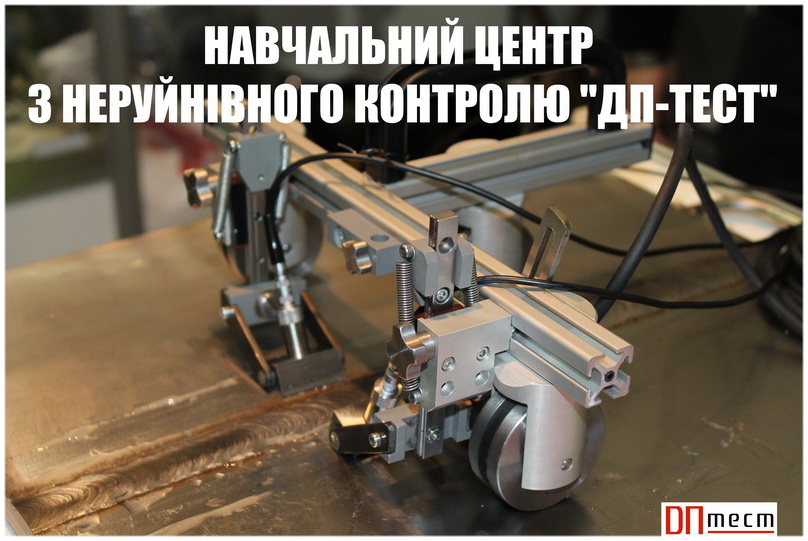In this bachelor's project, a contact-impedance hardness tester was designed for monitoring metallic products.
The first section describes examples of applications in the fields of contact-impedance testing and the relevance of their use. It provides a comparison and identifies the advantages and disadvantages of modern and currently relevant hardness testers based on the physical principle of measurement, i.e., contact-impedance (acoustic impedance). Various methods of contact-impedance hardness testing are also considered, and their analysis allowed for the selection of an ultrasonic contact-acoustic-impedance method for measuring hardness for the device being developed. The technical characteristics of existing devices with the potential for modernization (improvement) and cost reduction are examined.
- Hits: 415








